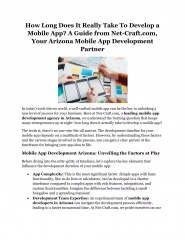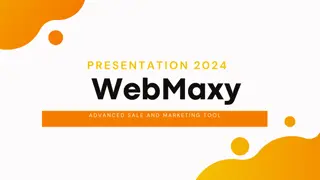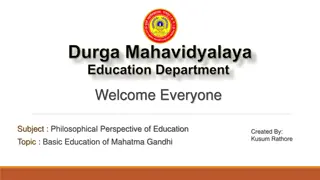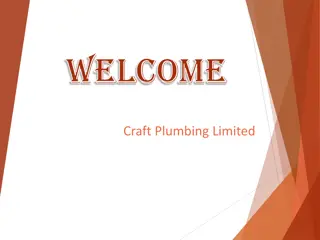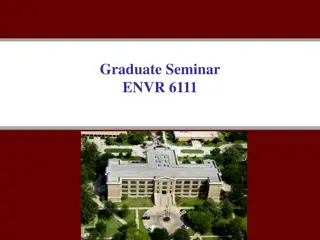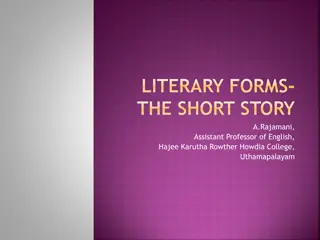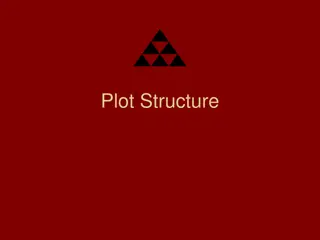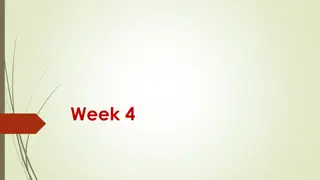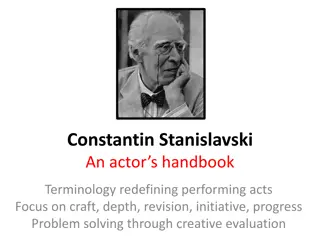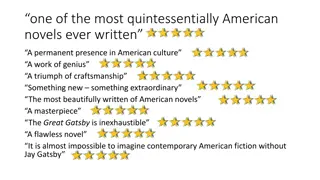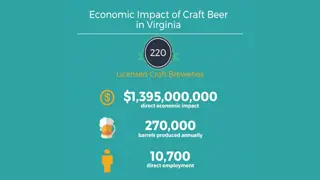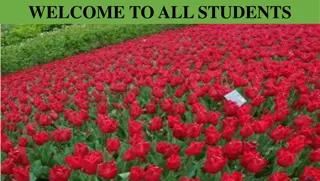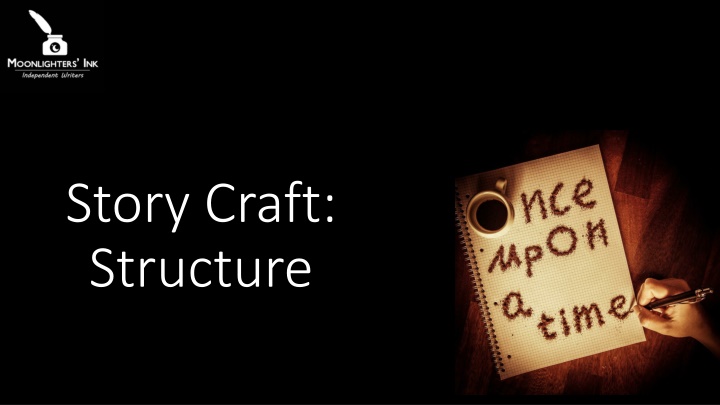
Crafting Effective Story Structures for Engaging Narratives
Explore the essential elements of storytelling structures, including common features found in stories, three-act, four-act, and five-act structures, as well as Dan Wells' seven-point story structure. Learn how to effectively structure your narrative for maximum impact and engagement.
Download Presentation

Please find below an Image/Link to download the presentation.
The content on the website is provided AS IS for your information and personal use only. It may not be sold, licensed, or shared on other websites without obtaining consent from the author. If you encounter any issues during the download, it is possible that the publisher has removed the file from their server.
You are allowed to download the files provided on this website for personal or commercial use, subject to the condition that they are used lawfully. All files are the property of their respective owners.
The content on the website is provided AS IS for your information and personal use only. It may not be sold, licensed, or shared on other websites without obtaining consent from the author.
E N D
Presentation Transcript
Story Craft: Structure
Common Features of Stories A central figure whose fate is the focus of the story. A world, imaginary or real, which this figure inhabits. Something happens to summon or propel this figure into a state of action that will transform their lives. This action will involve conflict and uncertainty (i.e., a villain), which will result in a climax where all seems lost, until the action is resolved in a catastrophe (an unhappy ending) or an unknotting of the tangle of conflict (a happy ending) (i.e., frustration or liberation, death or renewal) . [Christopher Booker, The Seven Basic Plots: Why We Tell Stories (London: Bloomsbury Continuum, 2004), 17-19) 2
Chart taken from https://www.studiobinder.com/blog/three-act-structure/
Four-Act Structure Act 1 Act 2 Act 3 Larry Brooks, Story Engineering: Mastering the Six Core Competencies of Successful Writing (Cincinnati, Ohio: Writer s Digest Books, 2011), 139-157. Act 4 Chart taken from https://inflatablepress.com/larry-brooks- story-structure/
Five-Act Structure John Yorke, Into the Woods: A Five-Act Journey Into Story (NY: Harry N. Abrams, 2015), 51.
Dan Wells, Seven-Point Story Structure Hook Your character s starting point. This is the opposite of the Resolution. Plot turn 1 The event that sets your story in motion and moves you from the beginning to the Midpoint. You introduce the conflict, and your character s world changes. This is basically when your character sets out on their journey. Pinch point 1 This is where you apply pressure. This is often used to introduce the antagonist. Midpoint Your character moves from reaction to action. They determine they must do something to stop the antagonist. Pinch point 2 This is where you apply more pressure. Your story takes the ultimate dive. Your character is at their darkest moment. They have lost everything. Plot turn 2 Here, you move the story from Midpoint to the end, the Resolution. Your character gets or realizes that they have the final piece of information to achieve what they set out to do in the Midpoint. Resolution This is the climax of your story. Everything in the story leads to this moment. Here, your character achieves (or fails to achieve) what they set out to do. https://youtu.be/KcmiqQ9NpPE (https://livingwriter.com/blog/dan-wells-seven-point-story-structure)
Act I (Roughly 20 % of the Story): Act I (Roughly 20 % of the Story): Ordinary World Disturbance/Problem/Call to Action/Inciting Incident Argument Opposed to Transformation Fear/Reluctance/Refusing Call Care Package Trouble Brewing Crossing the Threshold #1/Doorway of No Return #1
Act II (Roughly 60% of the Story): Act II (Roughly 60% of the Story): Kick in the Shins Tests Mid-Point Transformation The Mirror Moment Pet the Dog (i.e., an act of kindness and self-sacrifice on the part of the lead character) Approaching the Cave Crossing the Threshold #2/Doorway of No Return #2
Act III (Roughly 20% of the Story) Act III (Roughly 20% of the Story) Mounting Forces Climax/Lights Out Ticking Clock Moral Dilemma Emotional Punch/Gimmick Final Battle/Ordeal Outer and/or Inner Reversal of Reader Expectation Transformation/Resurrection
Raffle Word: Structure See handouts for detailed notes and suggested reading list. See www.jwelliot.com/writers-resources/ for writing books and a guide to self- publishing and marketing. www.jwelliot.com

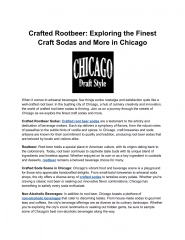

![❤[READ]❤ Deep Space Craft: An Overview of Interplanetary Flight (Springer Praxis](/thumb/21511/read-deep-space-craft-an-overview-of-interplanetary-flight-springer-praxis.jpg)
